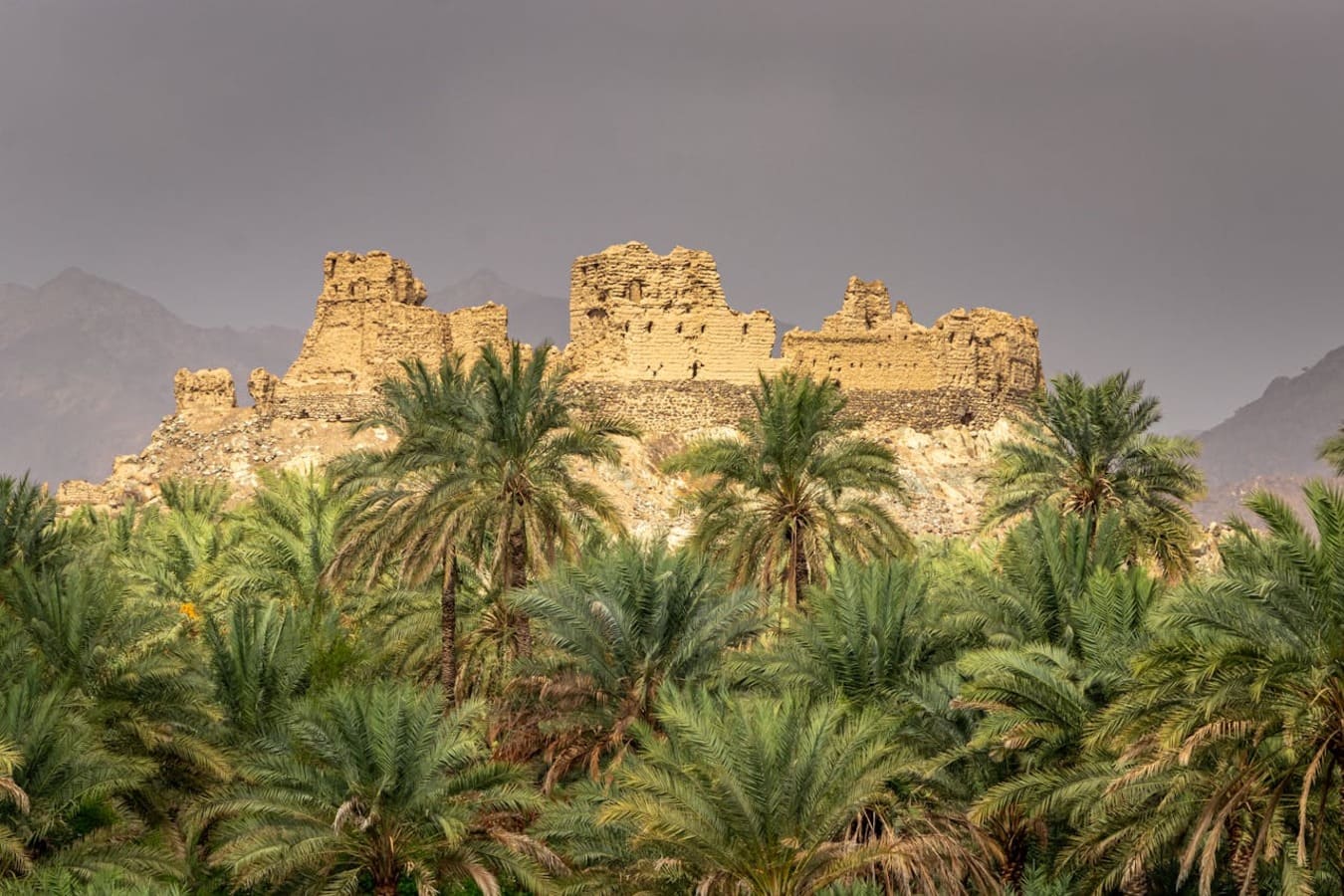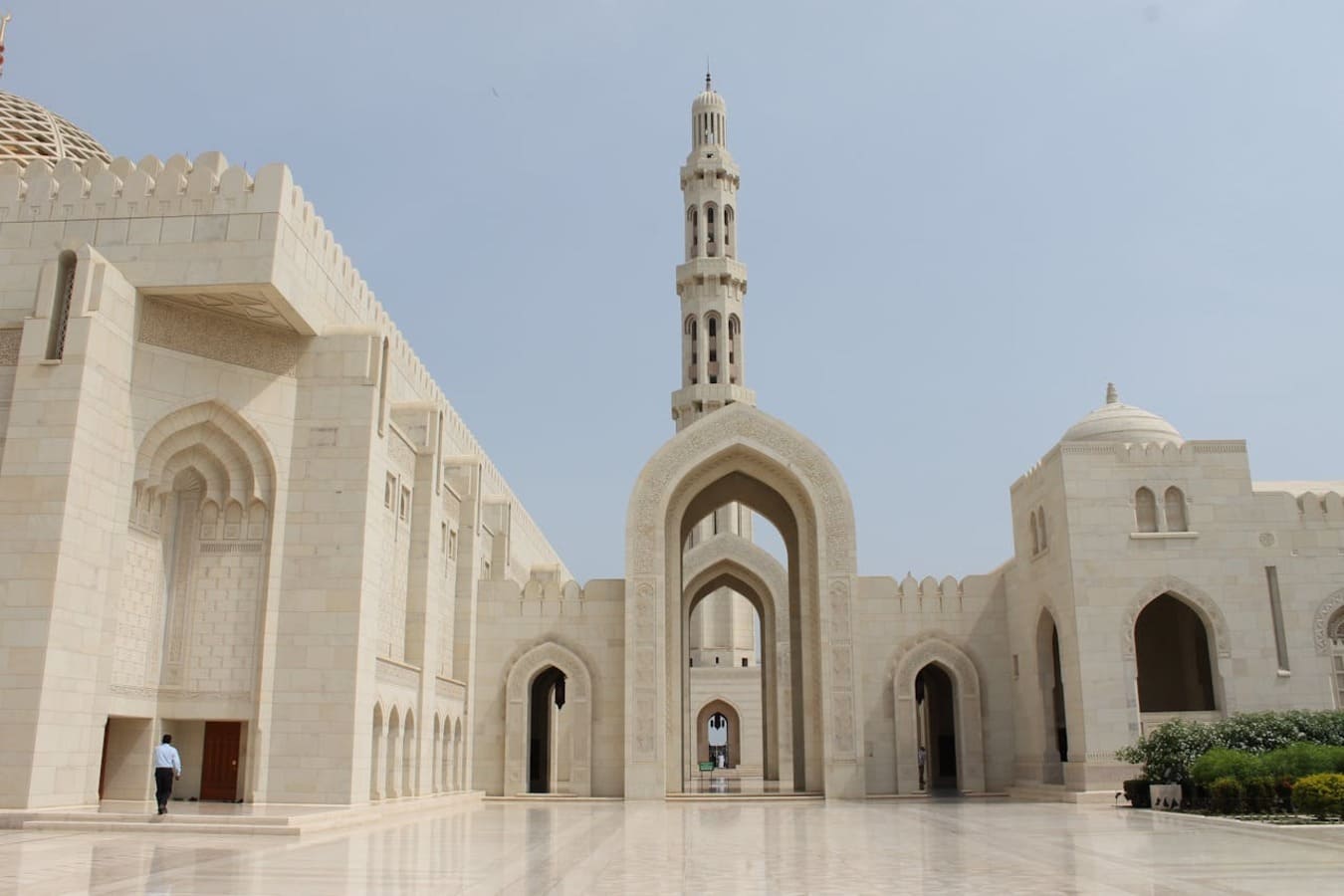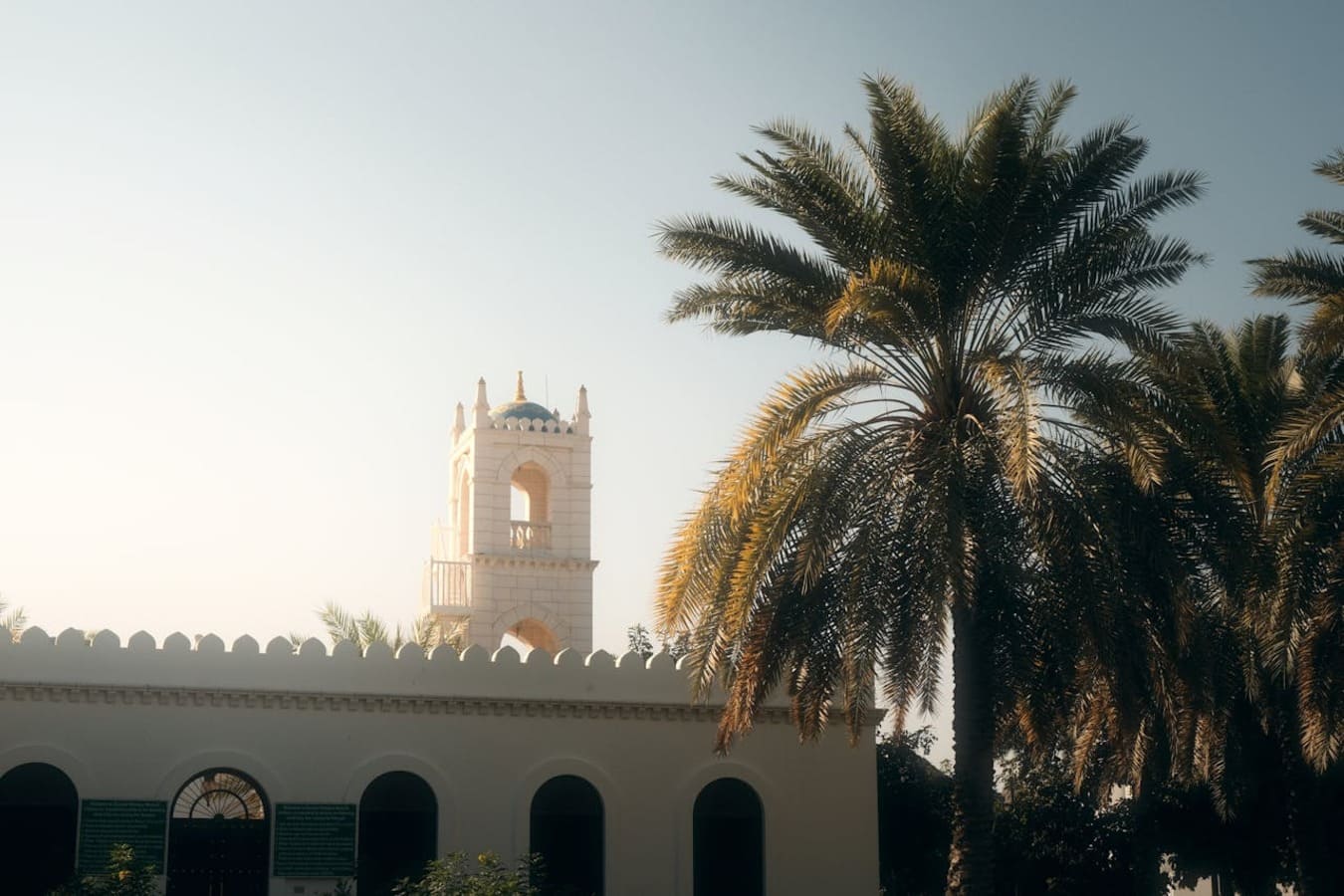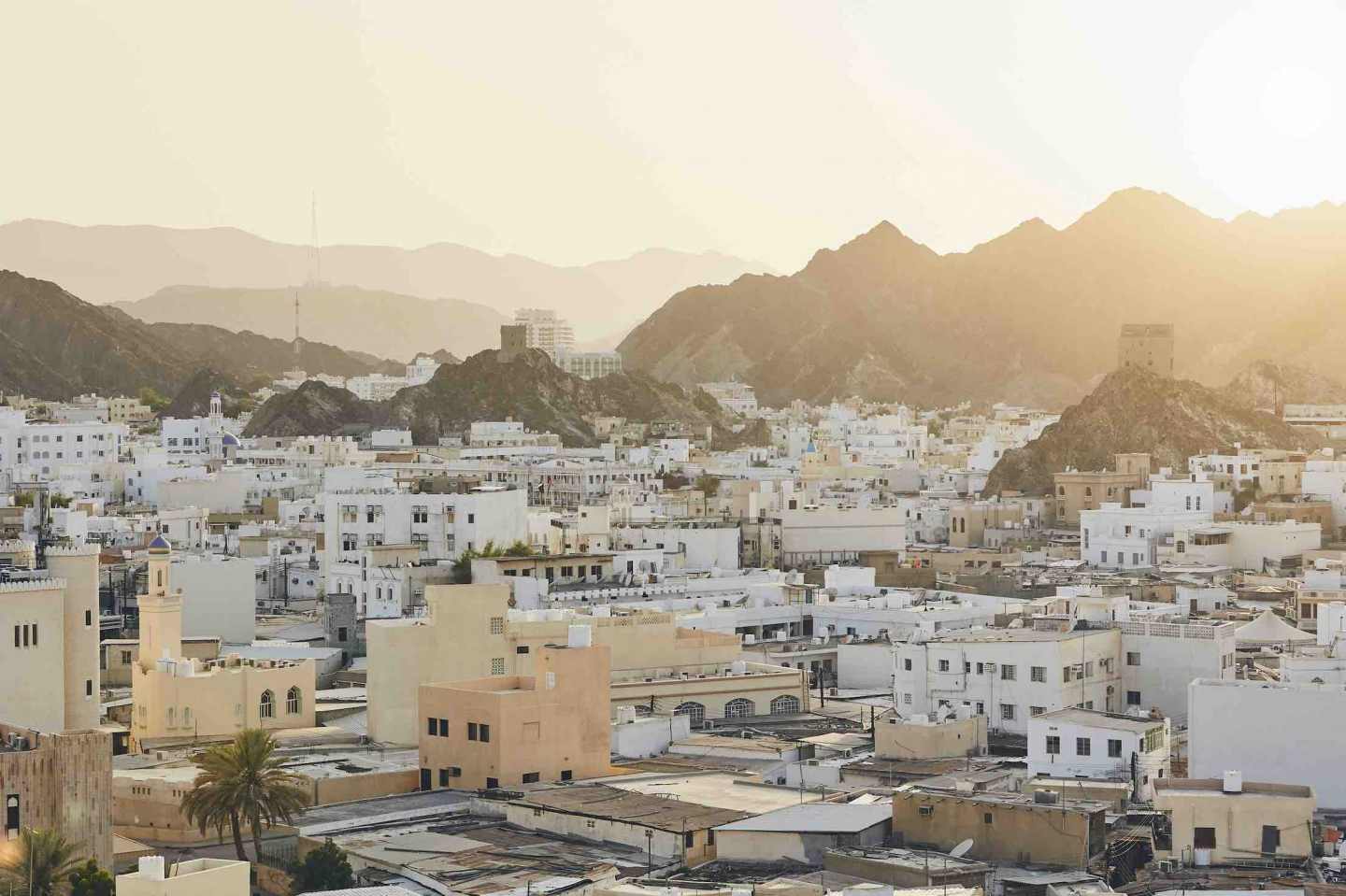Marktonderzoek in Oman

What drives Oman’s economic heartbeat? Market research in Oman assists businesses in exploring the country’s business landscape, uncovering insights that illuminate pathways to success.
What Is Market Research in Oman?
Market research in Oman studies market trends, consumer behavior, competitive landscapes, and industry dynamics within the Sultanate of Oman.
Through market research, businesses gain a comprehensive understanding of the Omani market, enabling them to identify opportunities, mitigate risks, and optimize their market strategies for sustainable growth and competitiveness.
Why Do Businesses Need Market Research in Oman?

Market research in Oman provides valuable insights into consumer preferences, purchasing behaviors, and market trends, enabling businesses to tailor their products, services, and marketing strategies to meet the evolving needs of Omani consumers.
Secondly, market research in Oman helps businesses assess the competitive landscape, identify key competitors, and benchmark their performance against industry peers, allowing them to differentiate themselves and gain a competitive edge in the market.
Additionally, market research assists businesses in identifying new market segments, exploring untapped opportunities, and expanding their market reach, fostering growth and diversification in Oman’s dynamic business ecosystem.
Expected Results from SIS’s Market Research in Oman
At SIS International, our market research and consulting services suite is designed to deliver tangible results and value to businesses operating in Oman. Here’s what clients can expect when partnering with us:
Bruikbare inzichten:
SIS market research services provide clients with actionable insights into the Omani market, enabling them to make informed decisions and develop targeted strategies for success.
Strategische aanbevelingen:
We offer strategic consulting services that deliver tailored recommendations to clients, helping them navigate market complexities, capitalize on opportunities, and overcome challenges in Oman.
Improved Market Positioning:
Through in-depth analysis and competitor benchmarking, SIS Internationaal assists clients in optimizing their market positioning and differentiation strategies, enhancing their competitive advantage in Oman.
Verbeterd inzicht in de klant:
Our consumer insights services offer clients a deeper understanding of Omani consumers’ preferences, behaviors, and needs, enabling them to develop products and services that resonate with their target audience.
Risicobeperking:
We help clients identify and mitigate risks associated with Oman’s market entry, expansion, and operations, minimizing potential pitfalls and safeguarding their investments.
Increased ROI:
By leveraging our services, clients can optimize their marketing investments, drive revenue growth, and maximize ROI in the Omani market.
Buurten

Oman is a Middle Eastern country at the mouth of the Persian Gulf. It shares borders with Yemen, Saudi Arabia, and the UAE.
The country has eleven districts, known as governorates. Muscat, the capital and largest city in the northwest, is home to Muscat International, the primary airport in Oman.
Most people live in the northeast areas, which are also where most trading and activity take place. Half of the people on the northeast side reside in Muscat. The least populated area on that side of the country is Al Wusta.
Oman is a real hard-core traditionalist Arab country. The people have built the country on Arab teachings, which many people still follow to this day.
Key Industries in Oman
Oman’s economy is diversified across various sectors, each contributing to the nation’s growth and development. Here are some key industries in Oman:
- Oil and Gas: The oil and gas industry remains a cornerstone of Oman’s economy, with the country being a significant producer and exporter of oil and natural gas. Major players in this industry include Petroleum Development Oman (PDO) and Oman LNG.
- Toerisme: Oman’s rich cultural heritage, stunning landscapes, and historical landmarks make it an attractive tourist destination. Key attractions include the ancient city of Nizwa, the Wahiba Sands desert, and the picturesque coastal town of Muscat. Hospitality companies like Oman Tourism Development Company (OMRAN) play a crucial role in developing tourism.
- Logistiek en transport: Oman’s strategic location at the crossroads of global trade routes has positioned it as a key logistics hub in the region. The Port of Salalah and Muscat International Airport are vital components of Oman’s logistics infrastructure, facilitating trade and commerce.
Main Tourist Attractions in Oman

Oman has diverse tourist attractions that appeal to visitors seeking cultural experiences, natural wonders, and historical sites. Here are some of the most notable tourist attractions in the Sultanate:
- Muscat: The capital of Oman, Muscat, offers a blend of modernity and tradition. Attractions include the Sultan Qaboos Grand Mosque, Royal Opera House Muscat, and Muttrah Souq, where visitors can explore traditional markets and shop for souvenirs.
- Jebel Shams: Known as the “Grand Canyon of Oman,” Jebel Shams is the highest mountain in the country, offering stunning panoramic views and opportunities for hiking, camping, and adventure activities amidst rugged landscapes and deep gorges.
- Wahiba Sands: This vast desert region is renowned for its towering sand dunes, which attract adventure enthusiasts seeking dune bashing, camel trekking, and overnight camping experiences under the starry desert sky.
Klantenbestand
Oman has a population of 5 million. Ex-pats seem to love Oman because they make up almost half the people. Most of these ex-pats come from Southeast Asia.
The country has a high Internet penetration rate, and most citizens use smartphones. Despite these figures, only a tiny fraction of consumers shop online. Music and groceries are the items Omanis tend to buy online. Omani e-shoppers also purchase airline tickets, clothing, hotel services, and beauty products.
Trends
Oman is a strict country. Many things that are normal to people in other countries are not allowed in many areas of Oman. This trend is especially evident in the more rural areas. In one case, a man got in trouble at the airport for using obscene language.
That’s where Market Research comes in. Our quantitative, qualitative, and strategic research studies all the rules of Oman. This information is also helpful for investors to avoid getting in trouble with the law and offending the Omani people.
Another trend is the “Omanization” program, which started in 1999. This program works toward replacing expats with trained Omani personnel, providing jobs for the fast-growing Omani populace.
Market Drivers in Oman

Several key factors drive the growth and development of Oman’s economy and business environment. Here are some of the primary market drivers in Oman:
- Government Initiatives: The Omani government is proactive in driving economic growth and diversification through initiatives such as Vision 2040 and the Tanfeedh program, which aim to stimulate investment, enhance competitiveness, and create employment opportunities across various sectors.
- Infrastructuurontwikkeling: Significant investments in infrastructure projects, including transportation networks, ports, airports, and industrial zones, support Oman’s economic development and facilitate business operations, trade, and connectivity.
- Natuurlijke hulpbronnen: Oman’s abundant natural resources, including oil and gas reserves, minerals, and renewable energy potential, drive economic activities in energy, mining, and petrochemicals, contributing to revenue generation and employment.
- Diversification Efforts: Recognizing the need to reduce dependence on oil revenues and promote economic diversification, Oman is investing in non-oil sectors such as tourism, manufacturing, renewable energy, and logistics, creating new opportunities for businesses and investors.
Market Restraints in Oman
While Oman presents opportunities for business growth and investment, businesses operating in the Sultanate must consider several market restraints and challenges.
- Oil Price Volatility: Oman’s economy remains vulnerable to fluctuations in global oil prices, as oil and gas revenues constitute a significant portion of government income. Price volatility can affect government spending, investment plans, and economic stability.
- Limited Private Sector Participation: While Oman has made strides in promoting private sector development and entrepreneurship, challenges such as bureaucratic hurdles, limited access to financing, and regulatory constraints hinder the growth and competitiveness of small and medium-sized enterprises (SMEs).
- Tekort aan vaardigheden: The availability of skilled labor remains a concern for businesses in Oman, particularly in sectors requiring specialized expertise such as technology, engineering, and healthcare. Addressing skills gaps and promoting workforce development are critical for sustaining economic growth and innovation.
- Infrastructuurbeperkingen: Despite ongoing infrastructure investments, challenges such as inadequate transport networks, limited access to utilities, and regulatory bottlenecks can impede business operations, logistics efficiency, and market accessibility, particularly in remote areas.
Market Research in Oman: SWOT Analysis
A SWOT analysis provides valuable insights into Oman’s industry attractiveness and competitive dynamics. Here’s an overview:
Sterke punten:
-
- Overvloedige natuurlijke hulpbronnen: Oman possesses valuable natural resources that drive economic activities. It has oil, gas, minerals, and renewable energy potential.
- Stable Political Environment: Political stability and a favorable business climate provide a conducive investment and business growth environment.
- Infrastructuurontwikkeling: Ongoing infrastructure investment enhances connectivity, logistics efficiency, and market accessibility.
Zwakke punten:
-
- Dependency on Oil Revenues: Oman’s reliance on oil and gas revenues exposes it to market volatility and economic fluctuations, hindering diversification efforts.
- Tekort aan vaardigheden: Shortages of skilled labor in critical sectors pose challenges for businesses seeking to recruit and retain talent.
- Limited Diversification: Despite diversification initiatives, Oman’s economy relies heavily on oil, limiting growth prospects in non-oil industries.
Mogelijkheden:
-
- Economische diversificatie: Opportunities exist to diversify Oman’s economy into non-oil sectors such as tourism, manufacturing, renewable energy, and logistics.
- Investment in Infrastructure: Infrastructure development projects present opportunities for investment and growth in transportation, utilities, and real estate sectors.
Bedreigingen:
-
- Competition from Regional Players: Intensifying competition from neighboring countries and global players presents challenges for domestic businesses seeking market share.
- Skills Mismatch: Skills shortages and mismatches between industry needs and workforce capabilities could hinder Oman’s competitiveness and innovation potential.
Reasons for Growing Your Business in Oman
Investing your business in Oman has its pros and cons. First, it all depends on the product or service you would provide. Oman is an excellent country to invest in because of its tight security. It also has lenient laws for starting up businesses. Besides, natural resources are abundant. All these reasons can aid in your business’s smooth setup and growth.
Oman has a solid international network and several trade agreements. Thus, there is scope for foreign investment, and even small and medium enterprises can do well. There are no income or individual taxes. Instead, Oman has only a 15 percent corporate tax.
Still, Oman is an expensive stop. So it is not a big tourist-attracting country. A business that is more focused on providing for the locals would be better for any investor.
Onze vestigingslocatie in New York
11 E 22nd Street, 2e verdieping, New York, NY 10010 T: +1(212) 505-6805
Over SIS Internationaal
SIS Internationaal biedt kwantitatief, kwalitatief en strategisch onderzoek. Wij bieden data, tools, strategieën, rapporten en inzichten voor besluitvorming. Wij voeren ook interviews, enquêtes, focusgroepen en andere marktonderzoeksmethoden en -benaderingen uit. Neem contact met ons op voor uw volgende marktonderzoeksproject.


